Lists



3 Movies
Plants
Sort by:
Recent Desc
More lists by DG


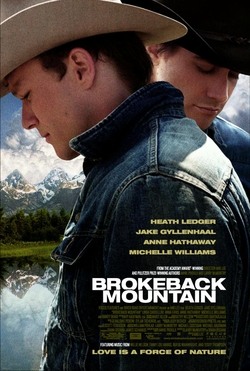
Best Queer Stuff
List includes: Jennifer's Body, Milk, Brokeback Mountain
November 2020
1
@fringenerd
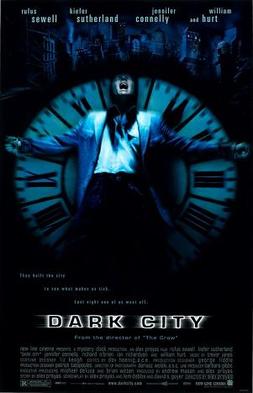


Good Bad Movies
Movies here fall into one of two categories: 1) They are so bad that they become good, or 2) They are ultimately failures but nevertheless get something so very right that they don't feel like a waste of your time.
July 2020
0
@fringenerd



Best Comedy
List includes: The House Bunny, Bring It On, Funny People
July 2020
0
@fringenerd



H2W
List includes: The Frighteners, The Howling, Summer School
July 2020
0
@fringenerd



Personal Faves
List includes: Bring It On, Paramore, Tropic Thunder
July 2020
0
@fringenerd


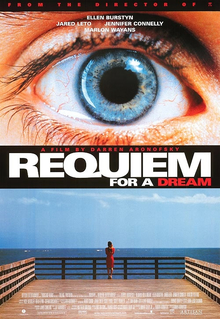
Best Crime, Thriller, Drama
List includes: Collateral, Se7en, Requiem for a Dream
July 2020
0
@fringenerd

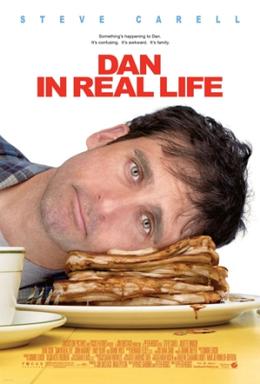

Best Family, Romance, Drama, Biopic
List includes: I Love You, Beth Cooper, Dan in Real Life, White Oleander
July 2020
0
@fringenerd



Best Adventure
List includes: Last Action Hero, Hellboy II: The Golden Army, Django Unchained
July 2020
0
@fringenerd


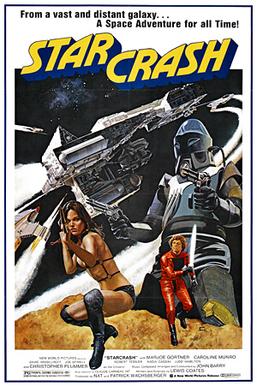
S2W
List includes: Watchmen, The Alloy of Law, Starcrash
July 2020
0
@fringenerd